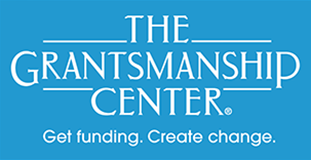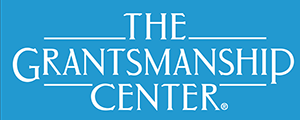
This is the first in a series of blogs that will examine some of the small details that can strengthen a proposal and make it more compelling. And the devil is absolutely in the details:
- precise, descriptive writing instead of vague or general statements
- facts instead of opinions and beliefs
- adding heart to a proposal without overdramatizing.
Precision is important. When using numbers, be specific. Give citations—where did you get the information? Words and phrases like “most” and “a majority of” don’t really have any meaning to the reader. And even worse, they can imply that you didn’t take the time to do your homework before writing the proposal.
Not: “Most people in our community agree that rising crime rates are a terrible problem.”
Instead: “Statistics from the local law enforcement division found that since 2020, property crimes have risen 45%; car prowls by 65%; and stranger-to-stranger assault by 13%."
Not: “We are confident that our program will increase the quality of life for seniors living alone.”
Instead: “We are adapting the successful “Neighborhood Connections” program that has been implemented in Minneapolis, MN, Denver, CO, and Shreveport, LA, in the last five years. Each of these programs showed marked decreases in social isolation, increased ability to keep medical appointments, and improvement in diet and other health indicators.”
In summary, DO provide specific facts and figures, and sources of the information. DON’T make unsupported claims or offer opinion or belief as fact.
Susan Chandler is an independent consultant to nonprofit organizations.



